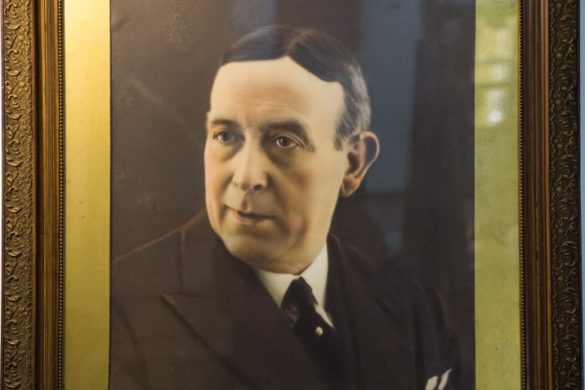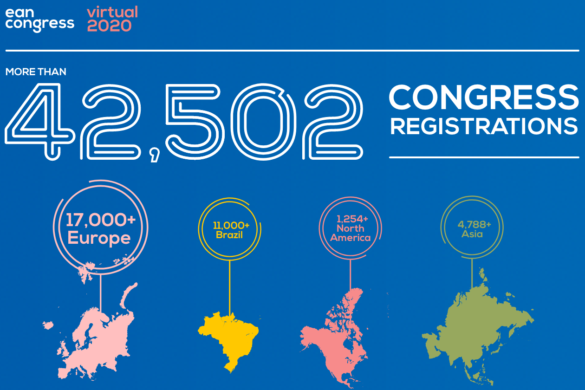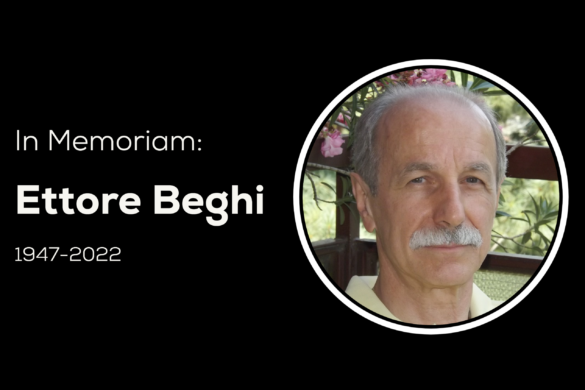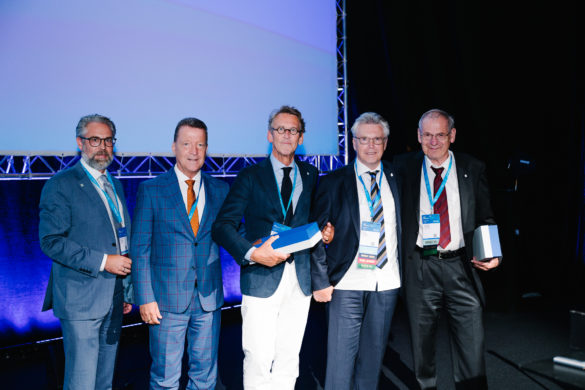by Antonella Macerollo
For August 2021, we have selected: Sarraj A. et al. Direct to Angiography vs Repeated Imaging Approaches in Transferred Patients Undergoing Endovascular Thrombectomy. JAMA Neurol. 2021 Jun 14;e211707. doi: 10.1001/jamaneurol.2021.1707. Online ahead of print.
Our research paper of the month is a pooled retrospective non-randomised cohort study at six US and European comprehensive stroke centres from 1 January, 2014, to 29 February, 2020, evaluating the functional and safety outcomes of direct to angiography (DTA) treatment paradigm vs repeated imaging (computed tomography with or without computed tomographic angiography or computed tomography perfusion) in the different treatment windows and on-call hours vs regular hours in patients undergoing thrombectomy.
The inclusion criteria were age > 18, presence of anterior circulation large vessel occlusion [LVO] (internal cerebral artery or middle cerebral artery subdivisions M1/M2), and patient’s transfer for endovascular thrombectomy (EVT) within 24 hours of the last-known-well time.
The study recruited 1140 patients with LVO treated with EVT after transfer; 327 (28.7%) were in the DTA group and 813 (71.3%) in the repeated imaging group.
Sarraj et al. tested the functional independence (90-day modified Rankin Scale score, 0-2) as the primary outcome.
The secondary outcomes were: symptomatic intracerebral haemorrhage, mortality and time metrics.
The participants’ median age was 69 years; 529 were female (46.4%) and 609 (53.4%) were male.
Patients undergoing DTA had greater use of intravenous alteplase (200 of 327 [61.2%] vs 412 of 808 [51.0%]; P = .002).
Of note, the median time from EVT centre arrival to groin puncture was faster with DTA (34 vs 60 minutes; P < .001), overall and in both regular and on-call hours.
Three-month functional independence was higher with DTA overall (164 of 312 [52.6%] vs 282 of 763 [37.0%]; P < .001) and during regular (77 of 143 [53.8%] vs 118 of 292 [40.4%]; P = .008) and on-call (87 of 169 [51.5%] vs 164 of 471 [34.8%]; P < .001) hours.
The results did not vary by time window.
Three-month mortality was lower with DTA (53 of 312 [17.0%] vs 186 of 763 [24.4%]; P = .008).
A 10-minute increase in EVT-centre arrival to groin puncture in the repeated imaging group correlated with a 5% reduction in the functional independence odds (aOR, 0.95 [95%CI, 0.91-0.99]; P = .01).
The rates of modified Rankin Scale score of 0 to 2 decreased with interfacility transfer times of greater than three hours in the DTA group (96 of 161 [59.6%] vs 15 of 42 [35.7%]; P = .006), but not in the repeated imaging group (75 of 208 [36.1%] vs 71 of 192 [37.0%]; P = .85).
Our authors of the month showed that the DTA approach may be associated with faster reperfusion and better functional outcomes in transferred patients with LVO due to the possibility of bypassing repeated imaging and pursuing direct EVT. These clinical advantages were consistent during all hours and treatment windows. However, the potential efficacy and safety of the DTA approach decreased as transfer time increased. In this regard, the repeated imaging approach may be reasonable in patients with prolonged transfer times. Consequentially, the next step should be the development of an efficient EVT workflow in transferred patients to improve the chances of achieving functional independence.













